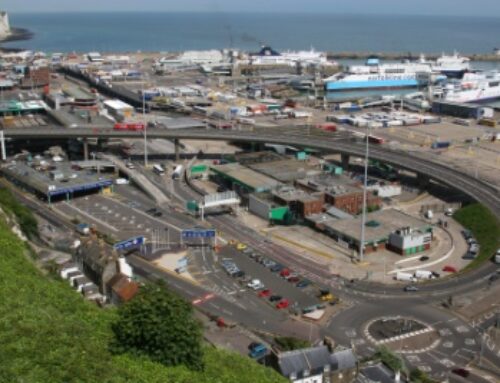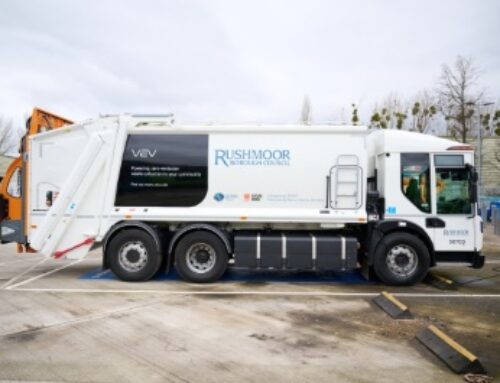RHA: truck NOx emissions down 50% in 5 years
 The Road Haulage Association has published a revised assessment of the rate of nitrogen oxides (NOx) emissions from lorries in Great Britain – which suggests that, as of the end of last year, they had fallen by more than 50 per cent since 2013.
The Road Haulage Association has published a revised assessment of the rate of nitrogen oxides (NOx) emissions from lorries in Great Britain – which suggests that, as of the end of last year, they had fallen by more than 50 per cent since 2013.
Furthermore, the RHA assessment states that even if no further action were to be taken – for example, through the introduction of local clean air zones (CAZ), electrification or alternative fuel uptake – NOx from trucks will have fallen by over 80 per cent against 2013 levels by 2025.
The assessment is based on actual lorry numbers up to the end of 2018, as published by the Department for Transport last month, with projected changes to the vehicle parc in terms of Euro class being used to estimate NOx levels through to 2025.
Understanding how the national fleet profile changes over time in terms of Euro class was “vital for policymakers”, said the RHA, as it enables them to assess the impact of any proposed future CAZs on businesses.
By the end of 2018, the HGV vehicle parc in Great Britain was 45 per cent Euro 6-compliant; by the end of 2020, it is estimated that this will rise to 58 per cent, and then to 69 per cent by the end of 2022. By 2025, an estimated 81.2 per cent of trucks will be Euro 6-compliant.
Over 40 per cent of the GB fleet will still be at Euro 5 standards or below by 2020, and will therefore be subject to CAZ ‘pay to pollute’ charges where geographically applicable from 2021.
“This set of estimates is vital given that the sector has no option to avoid CAZ charges other than the replacement of all non-Euro 6 lorries,” said the RHA in its assessment.
“There is no retrofit option available for lorries – nor any effective government support to provide lorry retrofit. The only options for operators are to replace vehicles prematurely, refuse to enter cities imposing CAZ fines, or to pay the fines levied by local authorities.”
The association continued: “The RHA believes that CAZ policies should work with the normal vehicle replacement cycles and should not undermine business investment in vehicles (as is the case now).
“The focus should be on vehicles over 12 years old. Failure to do this is resulting in an excessive and unnecessary cost to businesses and consumers.”
It added: “It is not just operators who will be impacted by the proposed CAZs – businesses that service the haulage industry such as garages, parts suppliers and roadworthiness testing businesses stand to be dramatically impacted in the early application of CAZ areas on all non-Euro 6 lorries.”
The assessment also highlighted the shrinking proportion of total NOx emissions represented by lorries and buses, from 9.8 per cent in 2013 to 7.6 per cent in 2015. Conversely, the proportion of NOx emissions from other transport and passenger cars had risen during the same period.
In concluding remarks to the assessment, Duncan Buchanan, RHA policy director for England and Wales, said: “The 2019 estimates build on the estimates done by the RHA in previous years. The consistent outputs between the 2018 and 2019 run give us a high degree of confidence in the data produced.
“Our estimates continue to show that pre-Euro 6 vehicles are rapidly being replaced by Euro 6 and this trend will continue…
“If the focus of the CAZs was limited to the older proportion of the fleet – those lorries over 12 years old, much of the benefits would be obtained, but without the increasingly apparent serious commercial impacts on businesses – mostly SME businesses.”











